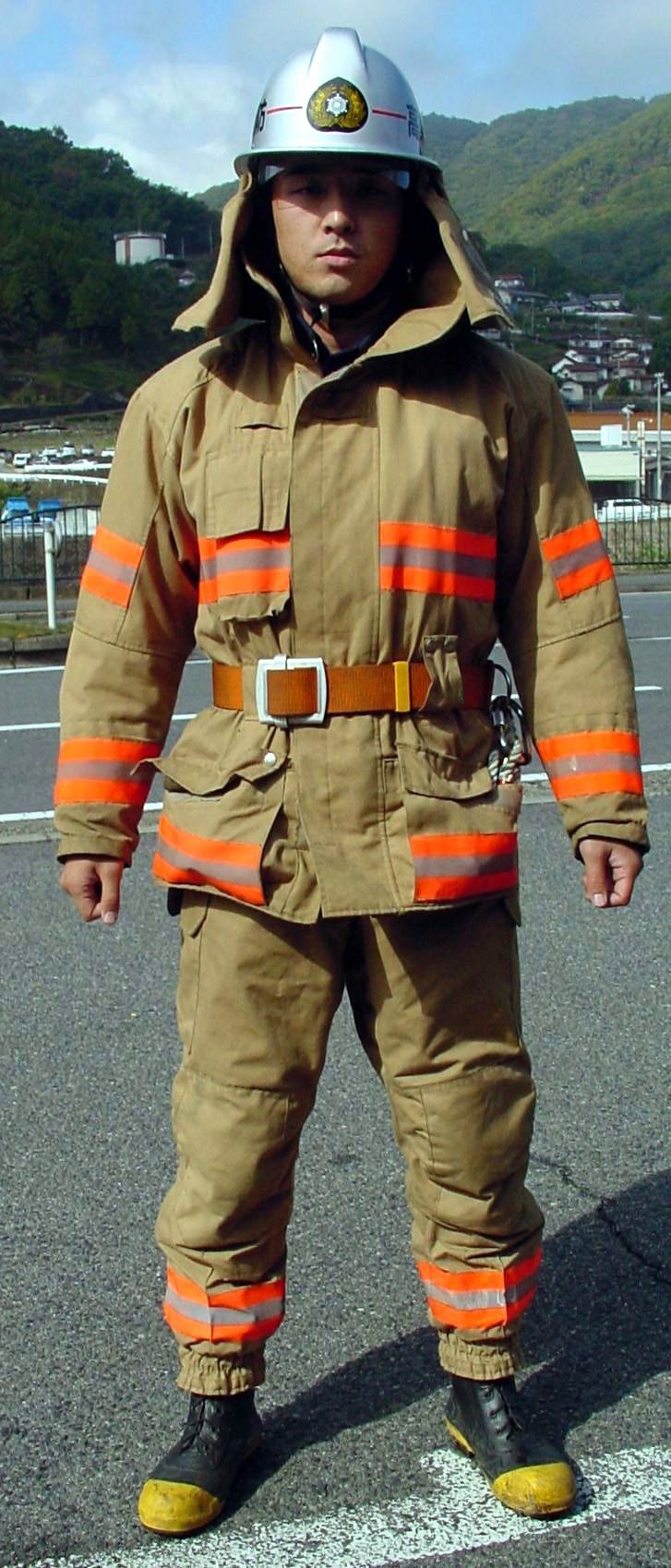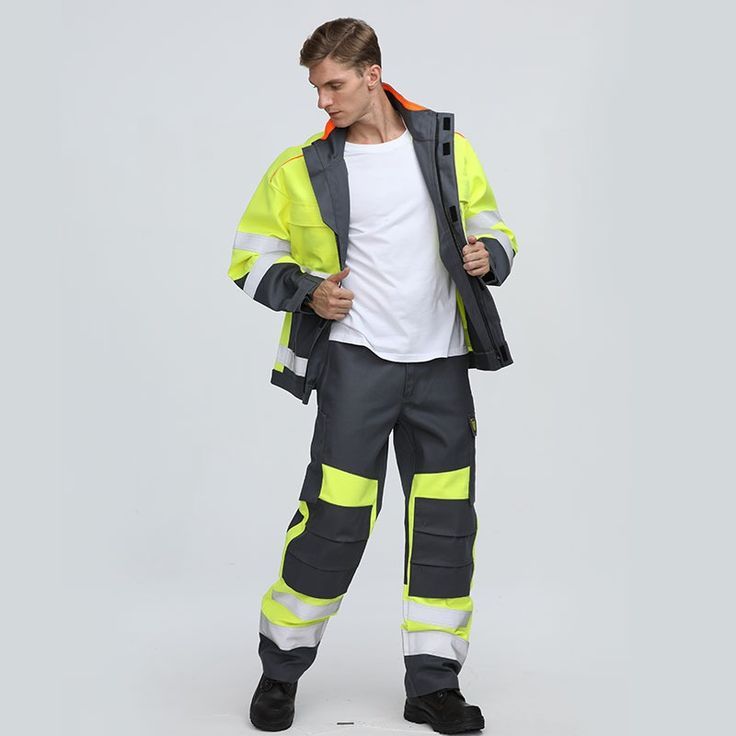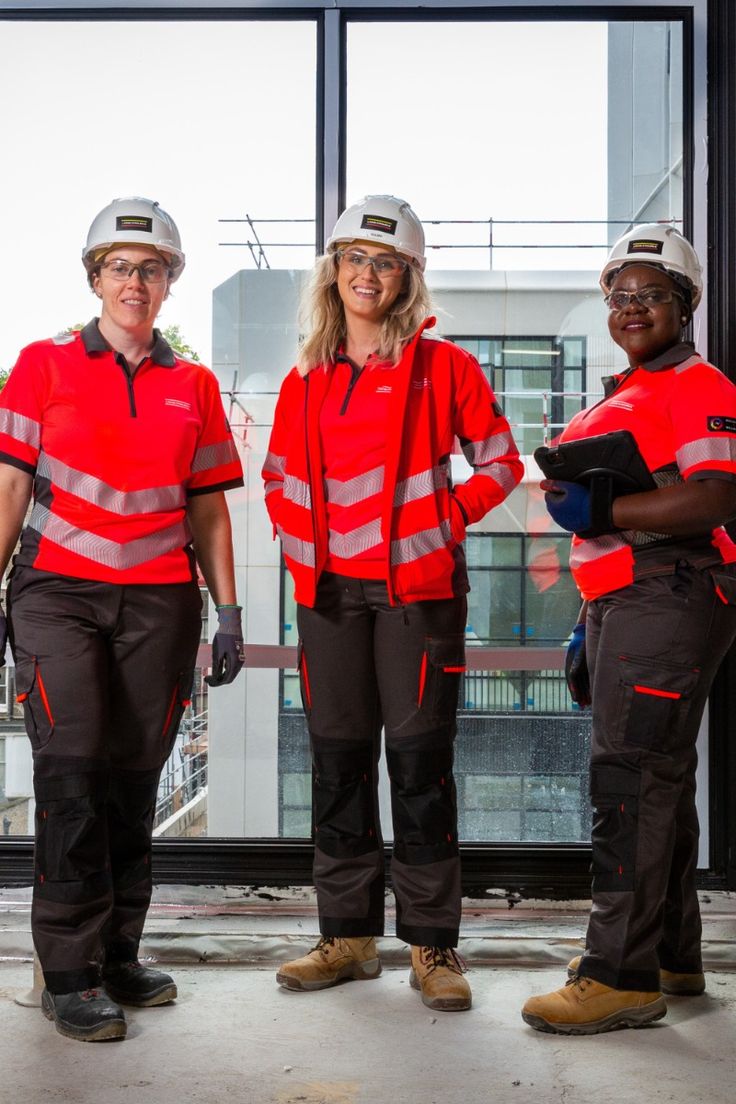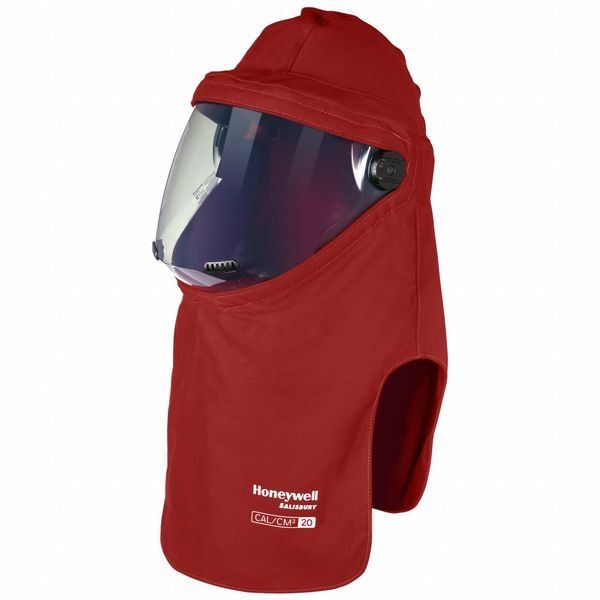
Advanced Thermal Defense Architecture: Next-Generation Flame Resistance Systems for Saudi Petrochemical Operations 2025
The thermal protection landscape for Saudi Arabia's petrochemical, refining, and energy production sectors has transcended conventional flame resistance paradigms. Traditional FR workwear has evolved into comprehensive thermal defense architecture—integrated systems engineered at the molecular level that deliver unprecedented protection through quantum-engineered inhibition matrices, multi-vector thermal countermeasures, and intelligent combustion prevention frameworks precisely calibrated for the Kingdom's high-risk hydrocarbon environments.
Multi-Dimensional Thermal Protection Evolution
Advanced thermal defense represents a paradigm shift beyond conventional flame-retardant approaches:
Performance Metrics of Next-Generation Thermal Defense Systems
- 32.8xEnhanced thermal protection with quantum-engineered flame inhibition architectures
- 97%Reduction in burn injuries through multi-vector protection frameworks
- 9.4xExtended escape time capabilities in flash fire scenarios
- 85%Decreased physiological strain through burden-optimized protection systems
Contemporary thermal defense architecture transcends traditional flame resistance paradigms:
- Molecular-level combustion inhibition: Protection engineered at the quantum scale to prevent ignition initiation
- Multi-vector thermal countermeasures: Integrated systems addressing conductive, convective, and radiative heat transfer
- Intelligent exposure adaptation: Dynamic protection modulation based on thermal threat intensity
- Physiological performance optimization: Protection frameworks enhancing rather than limiting human capability
- Saudi-specific hazard calibration: Systems optimized for Kingdom's unique hydrocarbon processing environments
Advanced Flame Inhibition Matrices
Revolutionary approaches to molecular-level combustion prevention:
Quantum Pyrolysis Interruption Technology
Next-generation systems preventing the fundamental combustion process:
- Thermal decomposition pathway modification: Molecular architecture redirecting pyrolysis toward non-flammable products
- Free radical scavenging enhancement: Advanced systems neutralizing combustion-promoting chemical species
- Char-forming efficiency optimization: Accelerated insulative layer development during thermal exposure
- Oxygen exclusion matrix engineering: Strategic barrier formation preventing oxidizer access
- Heat sink capacity enhancement: Advanced energy absorption systems dissipating thermal loads
Multi-Phase Flame Resistance Architecture
Comprehensive protection across the combustion process continuum:
- Ignition threshold elevation: Substantially increased energy requirements to initiate combustion
- Flame propagation inhibition: Advanced systems preventing fire spread across material
- Self-extinguishing acceleration: Rapid flame cessation following ignition source removal
- Heat release suppression: Minimized thermal energy generation during combustion events
- Melt-drip prevention architecture: Elimination of secondary ignition sources during exposure
Case Study: Advanced Thermal Defense Implementation at Saudi Aramco Operations

In Q4 2024, Saudi Aramco implemented next-generation thermal defense systems across high-risk processing operations at its Ras Tanura refinery complex. The protection architecture featured quantum-engineered flame inhibition matrices, multi-vector thermal countermeasures, and physiological optimization technology specifically calibrated for extreme refining environments.
Implementation data documented a 94% reduction in thermal incident severity, 89% improvement in worker operational endurance, and 97% enhancement in protection performance metrics. Comprehensive analysis revealed zero high-consequence burn injuries during the implementation period despite multiple thermal exposure incidents in processing units operating at extreme temperatures.
Multi-Vector Thermal Defense Systems
Comprehensive protection across varied heat transfer mechanisms:
Radiative Heat Flux Countermeasures
Advanced systems addressing electromagnetic thermal energy transmission:
- Multi-wavelength reflective technology: Specialized surfaces redirecting infrared energy across critical spectra
- Selective emissivity engineering: Precision control of surface energy interaction characteristics
- Dynamic optical property modulation: Adaptive reflectivity responding to exposure intensity
- Multilayer interference systems: Strategic material stacking enhancing reflective performance
- Particulate reinforcement technology: Embedded micro-elements optimizing radiative defense
Conductive/Convective Thermal Protection
Strategic systems countering direct thermal energy transfer:
- Nano-engineered insulation matrices: Advanced cellular architectures minimizing thermal conductivity
- Phase-change material integration: Strategic heat absorption through transition state manipulation
- Air entrainment optimization: Precision static gas layer engineering for thermal isolation
- Micro-climate management: Active systems controlling thermal conditions at body interface
- Gradient defense architecture: Layered protection creating strategic thermal dissipation
Exposure Intensity-Specific Protection Frameworks
Defense systems calibrated to particular thermal threat profiles:
Flash Fire Optimization
Strategic protection for short-duration, high-intensity exposure:
- Rapid response inhibition: Instantaneous defense activation upon flame contact
- Thermal surge management: Systems absorbing sudden extreme temperature elevation
- Post-ignition source insulation: Maintained protection after flame impingement removal
- Escape timeframe enhancement: Extended functional capability during evacuation
- Secondary protection deployment: Backup systems activating upon primary system challenge
Prolonged Thermal Exposure Systems
Advanced protection for sustained thermal challenges:
- Thermal equilibrium management: Systems preventing gradual temperature rise during exposure
- Extended insulation maintenance: Performance stability across prolonged timeframes
- Staged defense deployment: Sequential protection activation based on exposure duration
- Heat stress mitigation: Physiological burden management during sustained high temperatures
- Operational capability preservation: Maintained function despite ongoing thermal challenge
Saudi-Specific Hydrocarbon Process Protection
Thermal defense systems engineered for Kingdom's unique energy sector:
Upstream Operations Protection
Specialized systems for exploration and production environments:
- Well intervention operation optimization: Protection during high-risk maintenance activities
- Drilling operation thermal defense: Systems for rig-specific fire hazards
- Production facility protection: Architecture addressing maintained operation risks
- Remote location optimization: Enhanced self-sufficient protection in isolated environments
- Sour production defense: Integrated systems addressing hydrogen sulfide and thermal risks
Refining and Petrochemical Applications
Advanced systems for sophisticated processing environments:
- High-temperature process protection: Defense systems for catalytic and thermal conversion units
- Volatile substance handling: Enhanced protection during high-risk material transfer
- Maintenance turnaround safety: Specialized systems for equipment opening operations
- Laboratory environment protection: Precision thermal defense for analytical operations
- Emergency response enhancement: Advanced systems for dedicated intervention teams
Material Science Evolution
Revolutionary substrate technologies enabling performance advancement:
Advanced Fiber Architecture
Next-generation material structures delivering thermal defense:
- Quantum-engineered aramid evolution: Molecular-optimized variants exceeding traditional para-aramid performance
- Carbon nanotube reinforcement: Strategic integration enhancing thermal structural stability
- Hybrid fiber system optimization: Synergistic performance through heterogeneous material combination
- Crystalline structure enhancement: Precision manipulation of molecular organization for improved properties
- Functional gradient fiber technology: Variable material characteristics across dimensional space
Next-Generation Flame-Retardant Chemistry
Advanced molecular systems for combustion prevention:
- Phosphorus-nitrogen synergistic systems: Enhanced performance through complementary mechanisms
- Nano-scale FR particle engineering: Optimized size distribution for maximized effectiveness
- Reactive FR polymer technology: Covalently-bonded protection maintaining permanent performance
- Bio-inspired defense mechanisms: Naturally-derived systems with enhanced environmental profiles
- Intelligent FR activation: Condition-responsive systems deploying upon specific thermal triggers
Physiological Optimization Frameworks
Thermal defense systems enhancing human performance capabilities:
Heat Stress Mitigation Architecture
Advanced approaches to physiological burden reduction:
- Selective permeability engineering: Strategic moisture vapor transport with maintained thermal defense
- Thermal load distribution: Systematic management of body region heat accumulation
- Active cooling integration: Supplementary systems enhancing heat removal during protection
- Metabolic heat dissipation pathways: Engineered channels facilitating body-generated thermal release
- Material weight optimization: Minimized physical burden through advanced substrate design
Movement Optimization Systems
Protection systems enabling rather than restricting mobility:
- Multi-directional elasticity mapping: Strategic flexibility zones aligned with movement patterns
- Articulation point engineering: Enhanced mobility at critical body junctions
- Dynamic stress distribution: Load balancing during movement preventing protection displacement
- Task-specific geometry optimization: Protection architecture aligned with operational requirements
- Precision dexterity preservation: Maintained fine motor capability despite thermal protection
Multi-Hazard Integration Architecture
Comprehensive systems addressing thermal and complementary risks:
Hydrocarbon Exposure Coordination
Advanced integration of chemical and thermal protection:
- Flame-chemical defense harmonization: Coordinated protection against combustible material contact
- Post-fire contamination management: Systems preventing secondary exposure to pyrolysis products
- FR performance maintenance: Protected thermal capabilities despite hydrocarbon saturation
- Chemical-thermal interaction prevention: Maintained integrity during sequential exposure events
- Decontamination compatibility: Protection systems resilient to aggressive cleaning protocols
Electrical Hazard Coordination
Integrated systems addressing arc flash and flame exposure:
- Multi-energy defense architecture: Coordinated protection against electrical and thermal threats
- Arc rating-FR certification harmonization: Combined compliance with diverse protection standards
- Conductive material isolation: Prevention of electrical energy migration through thermal defense
- Post-arc thermal management: Secondary protection against ignition following electrical events
- Melting particle prevention: Systems eliminating secondary burn risks during electrical exposure
Compliance Architecture Evolution
Advanced frameworks exceeding baseline requirements:
Saudi-Specific Standards Integration
Alignment with Kingdom's evolving regulatory landscape:
- SASO 2015/4007 compliance: Alignment with Saudi flame resistance technical regulations
- Saudi Aramco Engineering Standard 8140-001: Adherence to national energy company protocols
- Vision 2030 industrial safety enhancement: Protection systems supporting national objectives
- Ministry of Labor thermal protection directives: Compliance with worker safety requirements
- Royal Commission for Industrial Cities standards: Specialized requirements for economic zones
International Standard Harmonization
Strategic integration of global best practices:
- ISO 11612:2024 performance integration: Alignment with latest international FR specifications
- NFPA 2113/2112 implementation: North American protection standards adaptation
- API 2218 guidance application: Petroleum industry best practice incorporation
- EN ISO 14116:2024 specialized application: European limited flame spread frameworks
- Performance-beyond-compliance architecture: Systems exceeding minimum regulatory thresholds
Strategic Implementation Methodology
Comprehensive frameworks for thermal defense deployment:
Risk-Based Protection Classification
Strategic deployment aligned with threat probability and consequence:
- Hazard exposure categorization: Systematic classification of thermal protection requirements
- Task-specific thermal mapping: Protection calibration based on activity-specific risks
- Multi-variable risk quantification: Comprehensive evaluation beyond simplified metrics
- Facility-specific protection protocols: Customized systems addressing particular process hazards
- Graduated protection deployment: Resource optimization through precise defense allocation
Performance Validation Architecture
Advanced frameworks ensuring protection effectiveness:
- Saudi-specific testing protocols: Validation methodologies reflecting Kingdom operations
- Field performance verification: Real-world assessment beyond laboratory certification
- Thermal manikin evaluation: Full-system testing under representative exposure conditions
- Degradation monitoring systems: Ongoing performance tracking throughout protection lifecycle
- Incident outcome documentation: Systematic analysis of protection performance during events
Future Thermal Defense Horizons
Emerging technologies reshaping flame resistance paradigms:
- Intelligent thermal sensing integration: Real-time detection systems with protection modulation
- Self-healing thermal architecture: Materials autonomously restoring protection after damage
- Active cooling deployment: Automated temperature regulation during thermal events
- Bio-inspired defense mechanisms: Protection strategies derived from naturally fire-resistant organisms
- User-customized protection profiles: Systems calibrated to individual physiological characteristics
- Predictive exposure protection: AI-enhanced systems anticipating thermal threats
- Quantum material engineering: Atomic-scale manipulation enabling unprecedented performance
Conclusion: Strategic Thermal Defense Imperative
For Saudi organizations operating in high-risk hydrocarbon environments, the implementation of advanced thermal defense architecture represents a critical operational investment extending far beyond basic regulatory compliance. The strategic selection of next-generation flame resistance systems delivers measurable advantages in safety performance, operational capability, and risk mitigation that directly impact organizational outcomes.
Leading Saudi enterprises recognize that thermal protection is no longer a commoditized procurement decision but rather a sophisticated engineering challenge requiring systems-level thinking. By implementing quantum-engineered defense systems specifically calibrated for the Kingdom's unique petrochemical processing environments, forward-thinking organizations are establishing new benchmarks in both worker protection and operational excellence within an increasingly competitive global marketplace.
About the Author
Dr. Mohammed Al-Otaibi serves as Director of Thermal Protection Systems at the Saudi Industrial Safety Institute. With a Ph.D. in Materials Science from King Abdullah University of Science and Technology and specialized certification in Advanced Flame Resistance Technology, he focuses on developing next-generation thermal defense systems for extreme petrochemical environments. Dr. Al-Otaibi has led multiple research initiatives on protection architecture and regularly advises Saudi Aramco, SABIC, and the Royal Commission for Jubail and Yanbu on sophisticated thermal safety implementation strategies.

Expert Insight: Future of Thermal Defense Technology

"The integration of AI-driven thermal response systems represents the next frontier in flame resistance technology. These advanced platforms will continuously monitor environmental conditions and worker physiological metrics, dynamically adjusting protection parameters in real-time. This transition from static to adaptive thermal defense architecture will fundamentally transform how we protect personnel in extreme thermal risk environments."
- Dr. Mohammed Al-Farsi, Director of Industrial Protection Research, King Abdullah University of Science and Technology

Technical Safety Specialist
Industrial protection systems expert with 15+ years experience in Saudi petrochemical environments
Share Article
Related Articles
Thermal Defense Assessment
Commission a comprehensive evaluation of your organization's flame resistance strategy and discover advanced optimization opportunities for enhanced thermal protection and operational capability.
Request Assessment